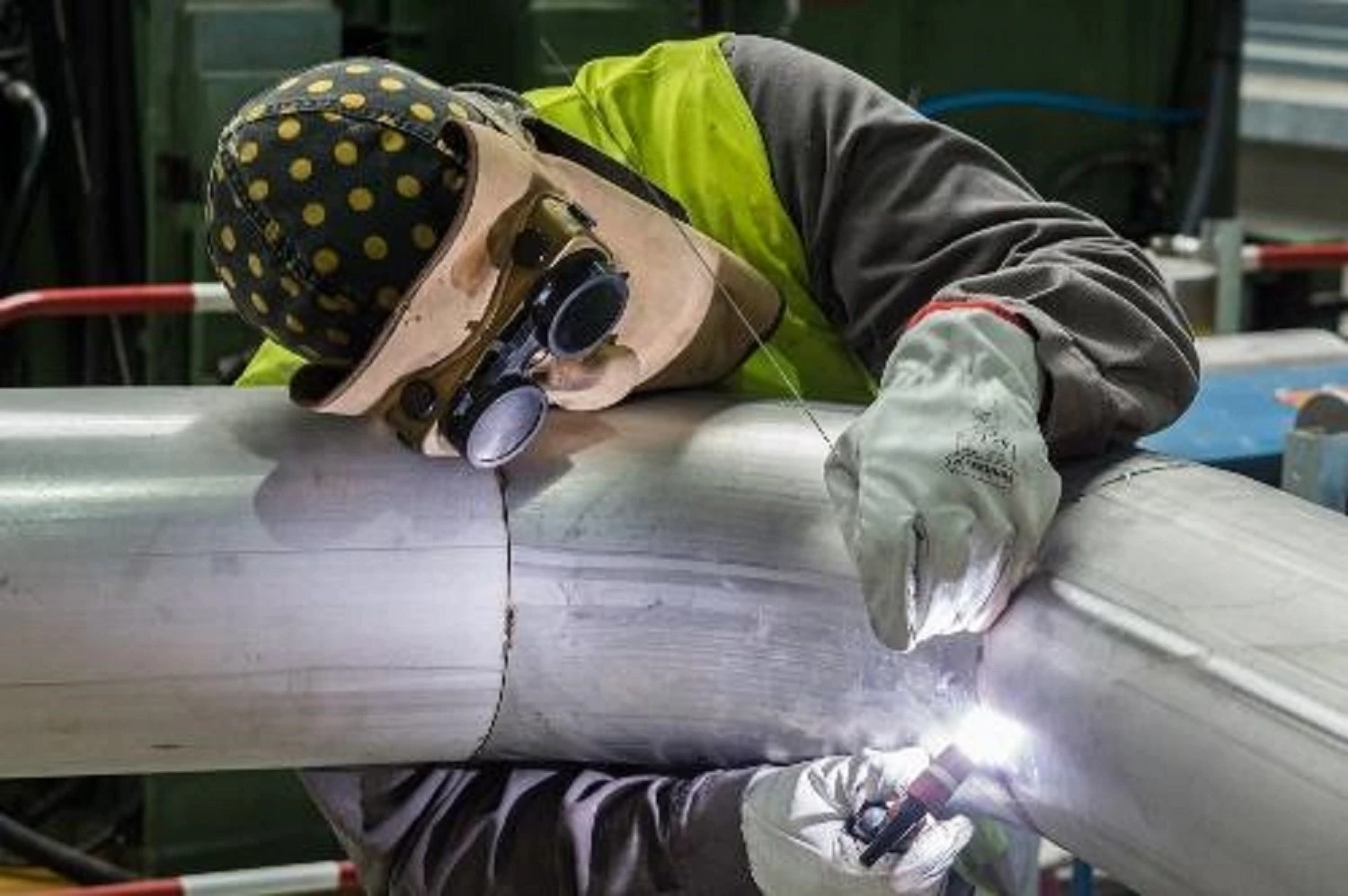Understanding The Role of Nickel in Stainless Steel

Nickel is a pure chemical element on the periodic table. It is represented by the symbol Ni and has an atomic number of 28. Nickel is a d-block transition metal with a high boiling point of 14,530 degrees celsius. It is ductile and exhibits magnetic properties at room temperature. Nickel was first discovered in the 17th century; nickel is used as a catalyst for many chemical reactions and as one of the most important alloying elements in stainless steel. Nickel in stainless steel is a common ingredient.
More than 66% of nickel produced worldwide is used in the production of stainless steel alloys. Nickel-containing stainless steel has improved formability, weldability, and ductility. Nickel-containing stainless steels are suitable for high temperature applications. They offer very good corrosion resistance and remain ductile even at low temperatures. In certain applications nickel enhances the corrosion resistance of stainless steel. The importance of nickel in stainless steel is easily understood from the fact that stainless steel grades containing nickel account for over 75% of the world's stainless steel production.
Pure nickel is highly resistant to corrosion and is used as a protective finish in water and soil. It is not affected by alkalis, but readily dissolves in dilute acids. The role of nickel is commonly as a component in various forms of alloys such as monel, permalloy, cupro-nickel, stainless steel and nickel metal.
Nickel and Stainless Steel
Nickel-containing stainless steels are commonly used in harsh conditions such as oil refineries, pharmaceutical plants, power plants, jet engines, and offshore installations. Nickel metal are often used in cookware and emergency equipment. The coins of certain countries, including the United States, contain nickel alloys. Other uses for nickel include rechargeable batteries, electric vehicles, and appliances. According to the Nickel Institute, the main purpose of adding nickel is to ensure that the steel remains intact at room temperature and below. This gives stainless steel durability and ductility. 8 percent nickel and 18 percent chromium - this is the most typical composition of stainless steel. Steels exhibit strong elongational deformation properties in this group. A slightly higher nickel content improves metal reliability.
Adding nickel metal to stainless steel has several advantages. The addition of nickel improves the toughness of stainless steel. In general, adding chromium to steel reduces its toughness. This reduction in toughness is therefore compensated by the addition of nickel. Ferromagnetism in steel is undesirable for certain applications. Addition of chromium induces ferromagnetism. Appropriate addition of nickel helps combat such problems; meanwhile nickel in stainless steel acts as an austenite stabilizer.
The purpose of adding nickel to steel is to stabilize the strong and ductile FCC austenitic structure. Conventional steel has a body-centered cubic crystal structure known as a ferritic structure. About 8% nickel can stabilize the austenitic structure at room temperature. For this reason, most grades of stainless steel (such as grade 304) contain 8% nickel. In the early 20th century, this composition (18% chromium, 8% nickel) was one of the first to be developed in the history of stainless steel.
More recently, manganese and nitrogen have been used to form an austenitic structure. However, all high manganese austenitic grades on the market today still contain a small amount of nickel intentionally added. Even in duplex stainless steel there is a role of nickel as it contains more than 1% nickel metal.
Increasing the amount of nickel metal added to stainless steel improves corrosion resistance. Nickel in stainless steel reduces the aggressive corrosion rate in crevice corrosion. The image below shows the effect of increasing nickel content on reducing the corrosion rate in a 15% sulfuric acid solution at 80°C. Note, however, that various other alloying additions also affect corrosion rates.
Nickel is also known to lower the ductile-to-brittle transition temperature. This is the temperature below which the stainless steel or alloy tends to become brittle. However, there are other parameters such as grain size and other alloying elements that affect the ductile-to-brittle transition temperature. All high strength precipitation hardening stainless steel grades also contain significant amounts of nickel.
Nickel-containing stainless steels provide various properties that are unique to the metal such as: good weldability, high toughness, good formability, high-temperature properties, good corrosion resistance, good surface finish, and sustainability.
Stainless steel is a reliable and steadily growing market, growing by up to 4% year-over-year. Global stainless steel production is projected to grow at a CAGR of 2.5% from 2020 to 2040. China's nickel-containing stainless steel demand is expected to grow by 8% in 2020, supported by the government's infrastructure stimulus and a strong real estate market. China's strong recovery since late February has continued steadily, pointing to positive GDP growth in 2020 despite a negative 6.8% in the first quarter. This strong recovery in China will ease the effects of the coronavirus pandemic on nickel producers and the global stainless steel industry.
Hallmark Mining Corporation is a nickel producer in the Philippines supplying the needs of the stainless steel industry around the world. For more information visit our website.